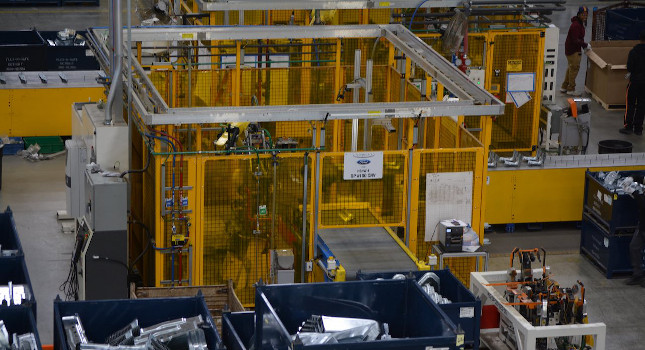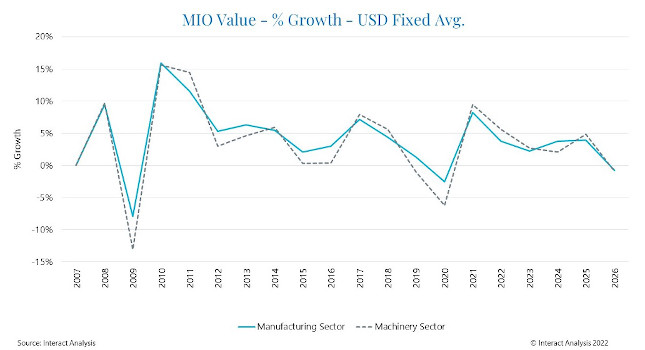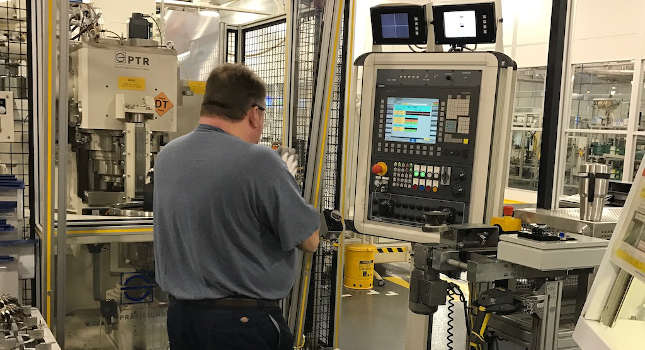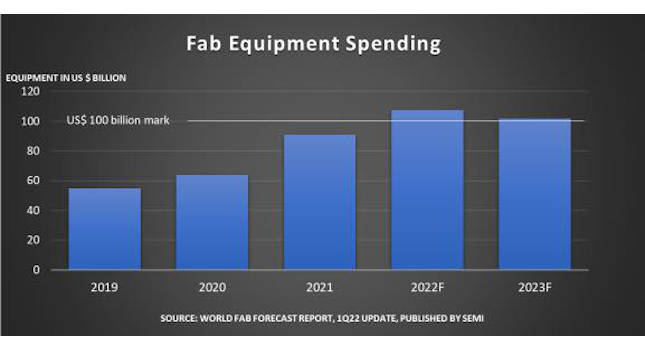The Institute for Supply Management's (ISM) purchasing manufacturers' index (PMI) registered at 52.6% in June, which is up almost 10% from May's reading of 43.1%, as the industry rebounds from the COVID-19 pandemic and look to pick up where they left off.

Economic activity in the manufacturing sector grew in June, with the overall economy notching a second month of growth after one month of contraction. The Institute for Supply Management’s (ISM) purchasing manufacturers’ index (PMI) registered at 52.6%, which is up almost 10% from May’s reading of 43.1%.
Timothy R. Fiore, CPSM, C.P.M., Chair of the ISM Manufacturing Business Survey Committee said in a press release: “This figure indicates expansion in the overall economy for the second straight month after April’s contraction, which ended a period of 131 consecutive months of growth.”
There was a great deal of growth overall, particularly with new orders, which increased by almost 25%; production jumped 24% compared to May, as well. Employment also enjoyed a double-digit rise compared to last month.
“June signifies manufacturing entering an expected expansion cycle after the disruption caused by the coronavirus (COVID-19) pandemic,” Fiore said. “Comments from the panel were positive (1.3 positive comments for every one cautious comment), reversing the cautious trend which began in March. The manufacturing sector is reversing the heavy contraction of April, with the PMI increasing month-over-month at a rate not seen since August 1980, with several other indexes also posting gains not seen in modern times.
“As predicted, the growth cycle has returned after three straight months of COVID-19 disruptions. Demand, consumption and inputs are reaching parity and are positioned for a demand-driven expansion cycle as we enter the second half of the year.”
Fiore said the food, beverage and tobacco product industry remains the strongest performer overall and 13 of the 18 industries reported growth in June. This is a welcome change of pace for the manufacturing industry after a turbulent three months. How the country continues to recover from COVID-19’s impact and if there is a second shutdown due to rising infection rates remain open questions, however.
What respondents are saying:
- “While we are seeing signs of an uptick in business activity, it is a slow recovery at this point.” (Chemical products)
- “Gradually ramping production back in our plants. Most of our supply base continued to operate during COVID-19, so we are not seeing a significant supply risk. Will be monitoring supply chain financial health closely.” (Transportation equipment)
- “Thankfully, we are in quite a few industries, so impact wasn’t as harsh on us and more stable. However, during the last two weeks, our bookings have grown, and supply seems to be more readily available.” (Fabricated metal products)
- “Difficulty keeping up with a significant increase in demand related to COVID-19. Industry is up 62.5% versus [a] year ago. Supply challenges throughout the supply chain. Supply could be hindered if another wave of COVID-19 hits in the fall.” (Food, beverage & tobacco products)
- “Market demand for refined products has increased as statewide quarantines have been lifted, but it is still below normal volumes.” (Petroleum & coal products)
- “Orders have picked up and are trending toward normal production requirements [volume similar to 2019 production].” (Plastics & rubber products)
- “We are seeing an increase in orders as the economy starts to get rolling again. Slow and steady, sales are increasing. So far, so good.” (Primary metals)
- “Looks like May was the bottom in terms of orders. June is stronger, and our order books are rebuilding.” (Machinery)
- “Demand is down significantly due to COVID-19, but is starting to stabilize. We are hopeful for recovery in the second half of the year.” (Miscellaneous manufacturing)
- “The building industry continues to defy expectations, as we continue to rebound stronger from the previous month. Being an essential business across most states and a surge in DIY projects has fueled the industry forward. While the industry will follow the greater economy, we do believe it will be more resilient than most due to potential migration from larger cities and an undersupplied housing market.” (Wood products)



